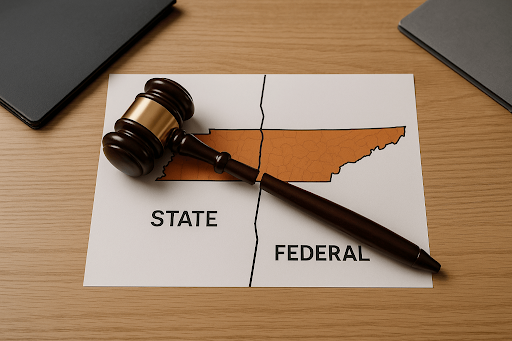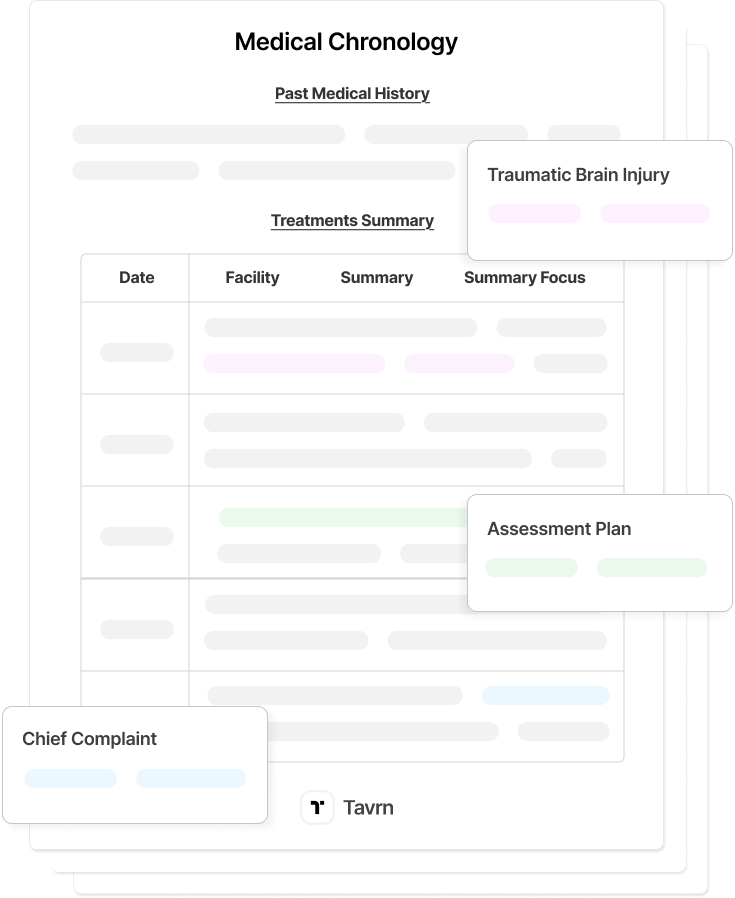Texas operates one of the nation's most structured punitive damage frameworks, combining strict statutory caps with comprehensive procedural requirements.
For legal practitioners, understanding these caps is essential for accurate case valuation, strategic settlement negotiations, and avoiding procedural pitfalls that could undermine client outcomes.
This article reviews Texas's punitive damage framework, statutory limits, procedural rules, recent developments, and court precedents.
Legal Foundation of Punitive Damage Caps in Texas
Texas punitive damage authority derives from Chapter 41 of the Texas Civil Practice and Remedies Code (CPRC), which governs "exemplary damages" defined as "any damages awarded as a penalty or by way of punishment but not for compensatory purposes."
- §41.003 establishes that exemplary damages may be awarded only upon clear and convincing evidence that harm resulted from fraud, malice, or gross negligence.
- §41.005 further limits recovery by prohibiting exemplary damages for injuries arising from certain criminal acts of third parties, unless statutory exceptions apply.
Texan medical malpractice cases face additional constraints under CPRC Chapter 74, with constitutional authority provided by Article III, Section 66 of the Texas Constitution. This provision, added through Proposition 12 (2003), grants the Legislature explicit authority to limit "damages other than economic damages" in health care liability claims.
The statutory framework serves dual purposes of punishment and deterrence while preventing excessive awards through constitutional due process requirements.
Under Chapter 41, 'gross negligence' requires an extreme degree of risk and subjective awareness with conscious indifference. In Transportation Ins. Co. v. Moriel (1994), the Texas Supreme Court reinforced this standard and emphasized bifurcation as a safeguard to ensure punitive-damage evidence does not prejudice liability or compensatory findings.
2025 Punitive Damage Caps in Texas
The following damage caps apply in 2025:
General Personal Injury Cases:
- Standard Cap: The greater of $200,000 or twice the amount of economic damages plus noneconomic damages up to $750,000.
- Felony Exception: Caps do not apply when a defendant's conduct constitutes certain serious felonies (e.g., murder, aggravated assault, sexual assault), but the statute expressly excludes intoxication assault and intoxication manslaughter from this exception (§ 41.008(c)).
Both liability for and amount of exemplary damages must be determined by unanimous jury verdict. Courts cannot reveal statutory cap amounts to juries during trial proceedings.
Note on Employment Discrimination: Texas employment-discrimination damages remain subject to the existing tiered caps in Tex. Labor Code § 21.2585(d) ($50,000–$300,000, depending on employer size). A 2025 proposal (HB 4245) would have added automatic inflation indexing, but it did not pass.
Procedural & Evidentiary Requirements for Punitive Damages Cases in Texas
Texas imposes stringent evidentiary standards requiring clear and convincing evidence that harm resulted from fraud, malice, or gross negligence. §41.003 explicitly states this standard "cannot be satisfied by evidence of ordinary negligence, bad faith, or deceptive trade practices."
- Discovery restrictions under §41.0115 require plaintiffs to demonstrate "substantial likelihood of success on the merits" through motion, notice, and hearing procedures before obtaining defendant's financial information.
- Although Texas follows fair-notice pleading, plaintiffs typically include detailed factual allegations of fraud, malice, or gross negligence to support punitive damage claims. Chapter 41 itself governs proof standards rather than imposing special pleading rules.
- Jury instruction requirements include explanations of clear and convincing evidence standards, unanimity requirements, and statutory factors including nature of the wrong, degree of culpability, and defendant's net worth if admitted.
Courts may bifurcate trials with separate phases for liability/compensatory damages and exemplary damage amounts per §41.009.
Recent Developments and Pending Legislation in Texas
The 2025 legislative session brought significant tort reform efforts affecting punitive damages:
- House Bill 4245 (2025) proposed adding automatic Consumer Price Index adjustments to existing employment discrimination damage caps, but the legislation did not pass.
- Senate Bill 30 (2025) sought to reform how medical expenses are proven in health-care cases, limiting recovery to amounts actually paid or incurred. The bill ultimately failed in the 2025 session.
Future reforms may further adjust Texas's punitive damage framework through targeted industry-specific caps rather than comprehensive overhaul.
Texas Punitive Damage Case Law: Foundational Precedents
The following landmark decisions establish the foundational framework for punitive damage litigation in Texas.
Transportation Insurance Co. v. Moriel (1994) Foundational Standards
This landmark Texas Supreme Court decision established modern punitive damage requirements, holding that "insurers are liable for punitive damages only if bad faith is accompanied by gross negligence."
The court defined gross negligence as requiring "conscious indifference to a known risk of serious harm" and established critical procedural requirements, including separation of punitive damage amount determinations from other trial issues.
Bennett v. Grant (2017) Damage Calculation Methodology
In Bennett v. Grant, the Texas Supreme Court provided guidance on damage calculation methodology, holding that courts erred in considering speculative harm when "the chances of this occurring were essentially zero."
This decision established important limits on speculative harm in punitive damage calculations under Chapter 41, requiring concrete evidence of actual harm rather than theoretical possibilities for proper damage assessment.
Oscar Renda Contracting v. Bruce (2024) Unanimity Requirements
In Oscar Renda Contracting v. Bruce, the Texas Supreme Court clarified the strict unanimity requirement for exemplary damages under §41.003(d), holding that courts cannot imply a unanimous jury finding when the verdict form shows disagreement among jurors.
This decision reinforces that non-unanimous findings cannot support exemplary damages awards, regardless of whether a majority favored the award. The ruling emphasizes that the statutory unanimity requirement is absolute and serves as a critical procedural safeguard in punitive damage cases.
Building Stronger Punitive Damage Cases in Texas
Texas's strict statutory caps and clear-and-convincing evidence standard mean successful punitive damage claims depend on precise pleading, rigorous documentation, and strategic discovery timing. Courts enforce procedural requirements strictly, making preparation and evidentiary support critical from initial filing.
For personal injury litigation, meeting §41.003's fraud, malice, or gross negligence threshold requires comprehensive medical documentation that clearly establishes the defendant's conscious indifference to known risks. The discovery restrictions under §41.0115 further demand that attorneys demonstrate a substantial likelihood of success before accessing financial information.
Legal teams increasingly rely on fast medical record retrieval and structured medical chronologies to build compelling punitive damage cases. Platforms such as Tavrn can help streamline record review, organize complex evidence, and support stronger arguments.

.webp)
.webp)




















































